Conquering Stress and Managing Your Time Wisely
We all know stress takes a toll on our family, friends, work, and don’t forget the internal breakdown within your body and health, but it’s something that we can take control of and find ways to cope.
Lost your password? Please enter your email address. You will receive a link to create a new password.

We all know stress takes a toll on our family, friends, work, and don’t forget the internal breakdown within your body and health, but it’s something that we can take control of and find ways to cope.
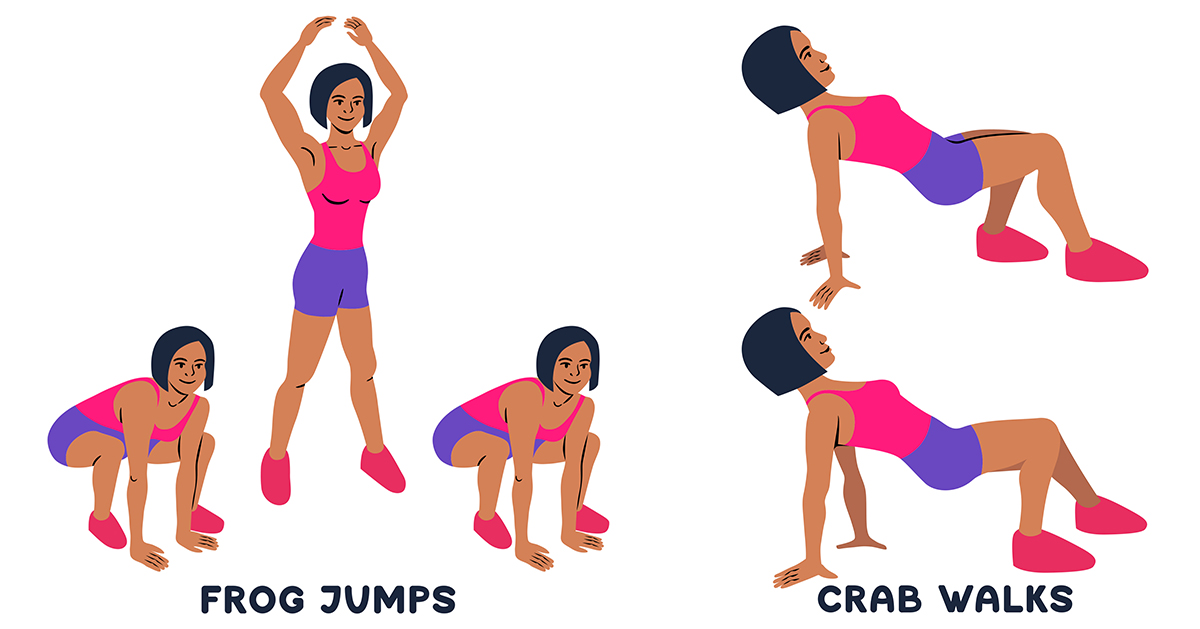
Biomimicry, the practice of looking to nature for inspiration and solutions to human problems, can be a valuable tool and designing exercise programs. By studying the movements and behaviors of animals, we can learn how to move more efficiently, effectively and with less injury.
Here are a few examples of how mimicry can be applied to exercise programming:
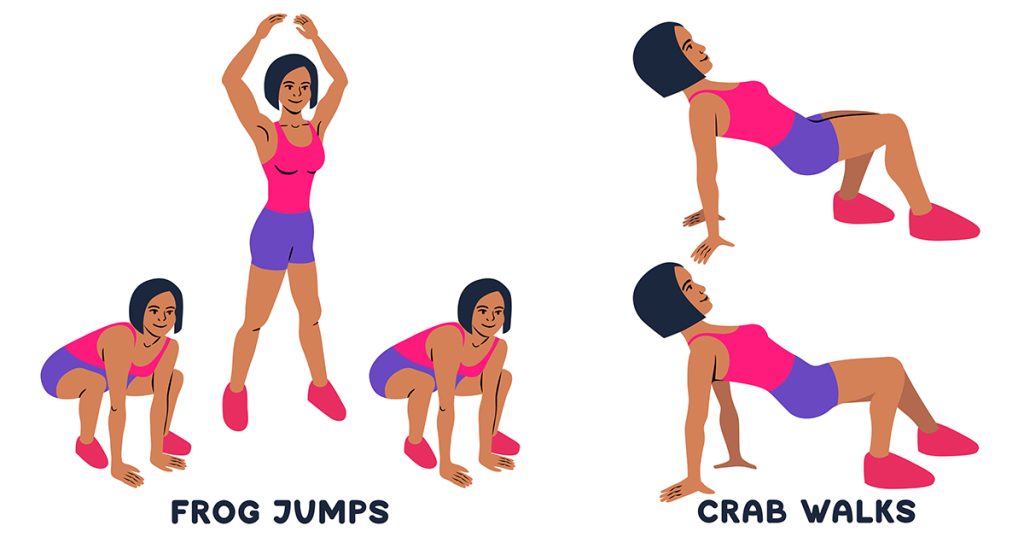
Mimicking the movements of animals: Many animals have unique ways of moving that can be emulated in exercise programs. For example, the frog jump is a plyometric exercise that mimics explosive jumping of a frog, while the crab walk works lateral movement of the hips and shoulders in a way similar to how crabs move.
Utilizing natural resistance: Resistance training is a common component of exercise programs and bio mimicry can offer new ways to approach it. For example, using a slosh pipe, which is a PVC pipe partially filled with water or some other solution, can stimulate the resistance of carrying something like a baby car seat which is very practical.
Incorporating balance instability exercises: Animals have evolved to a move in environments that require balance and stability, and we can learn from them in designing exercises that challenge our own balance and stability. For example, the bird dog exercise, which involves extending the opposite arms and legs while balancing enough force, mimics the stabilizing movement of a hunting dog.
Emphasizing functional movements: Many exercises in the gym isolate individual muscle groups, but biomimicry can remind us to focus on functional movements that are more relevant to real life activities. For example, the farmers walk, which involves walking while holding heavy weights in each hand, mimics the practical movements of carrying groceries or moving furniture.
By incorporating biomimicry into exercise programming, we can create workouts that are not only effective, but also enjoyable and engaging. Additionally, by working with our bodies instead of against them, we can reduce the risk of injury and improve overall physical health.
Reprinted with permission from author.
Mike Rickett MS, CSCS*D, CSPS*D, RCPT*E is a nationally recognized health and fitness trainer of the trainers, fitness motivator, author, certifier, educator, and the 2017 NSCA Personal Trainer of the Year. He has been a fitness trainer for more than 35 years. He directs the personal training site, ApplicationInMotion.com. In addition, he also directs BetterHealthBreathing.com, a conscious breathing educational program focusing on the diaphragmatic technique to enhance overall wellness.
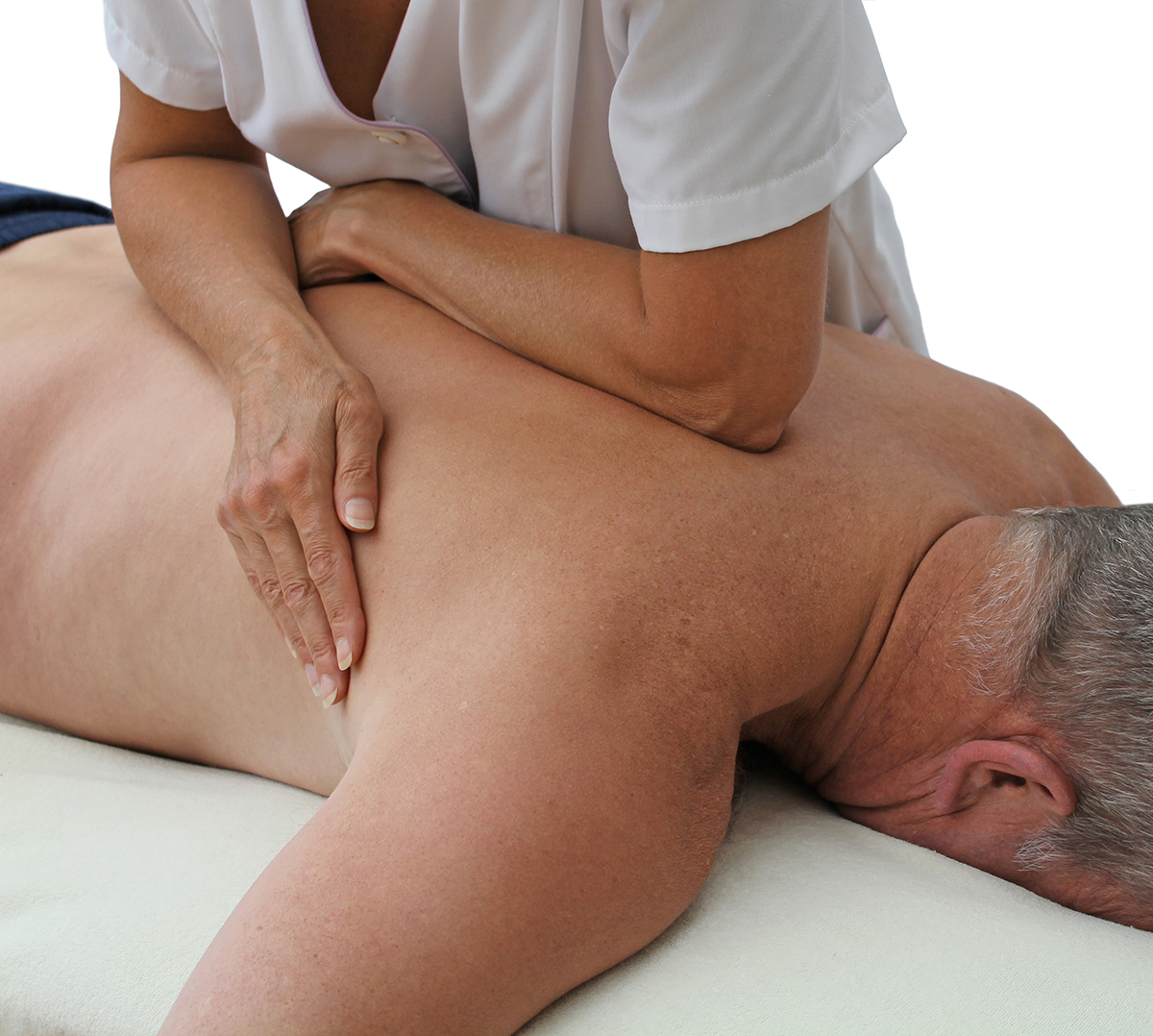
The incidence of Parkinson’s disease in the United States is estimated at 1 million, with an additional 50,000 patients being diagnosed every year.
The most common signs of Parkinson’s disease are tremors, muscle rigidity, akinesia (temporary inability to move), dyskinesia (inability to execute specific voluntary movements at will) and loss of postural reflexes. The back posture becomes stooped, and the walk gradually turns to a shuffle as the arms stop swinging.
According to a 2002 study conducted by the Touch Research Institute, massage therapy can improve many PD symptoms and function, from the reduction of rigidity and improvement of sleep, to the reduction of tremor and increase of daily activity stamina symptoms.
The underlying reduction in the neurotransmitter, dopamine, is the cause of many of the PD symptoms. Massage has been shown to have positive effect on the release of neurotransmitters, enhancing their calming influence.
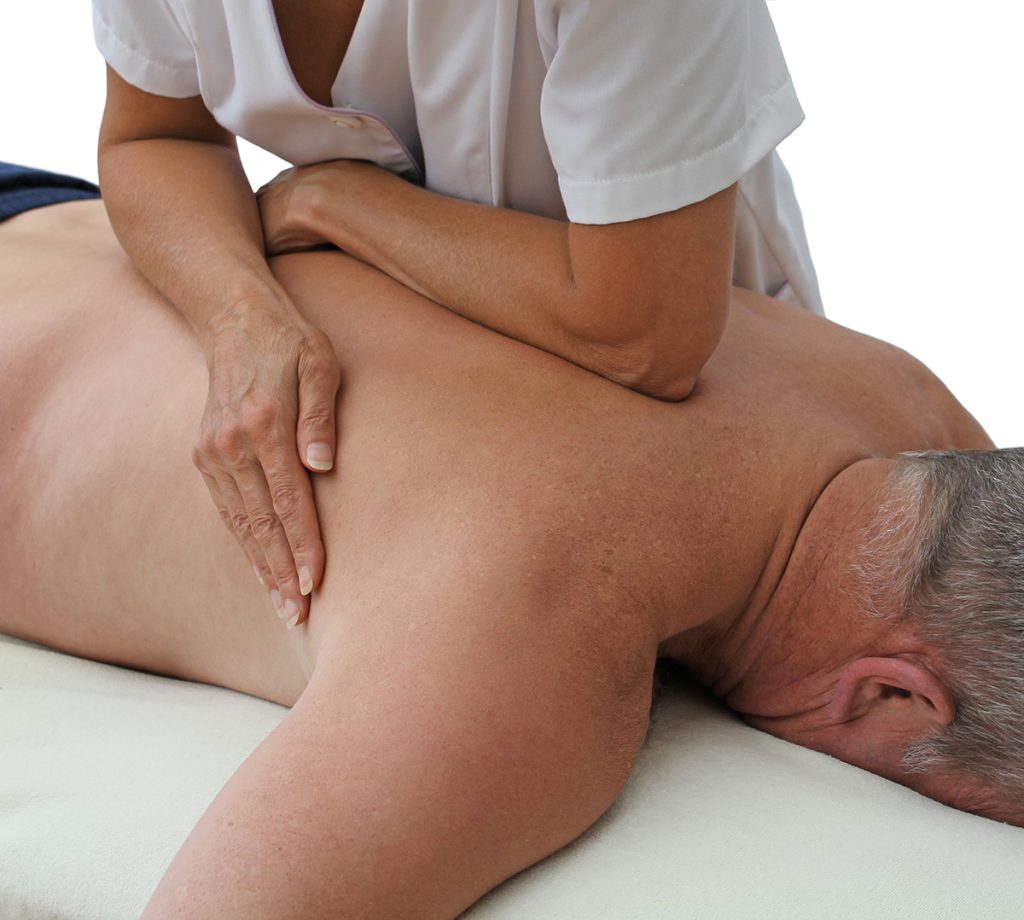
Other benefits of massage are:
Your therapist should take a complete health history, including a thorough list of treatments and side effects such as neuropathy, rigidity and skin problems.
But your therapist should also ask about other conditions or injuries you may have. You and your therapist should agree on goals for the session, and you should have a chance to explain your preferences for pressure, and the massage environment such as temperature, music, lighting, etc.
Disrobing: Massage can be done over your clothing (without oil) if your balance is an issue, and it’s too much trouble to dress and undress. If you decide to disrobe and you are concerned about falling, you can bring an aide with you, or ask your therapist for help.
During the massage, you will always be kept covered, observing your modesty and keeping you warm. Don’t hesitate to request that your therapist, or someone else help you on and off the massage table.
Position and Turning over: Some people have trouble turning over due to rigid or weak muscles. If you feel like a fish out of water lying on your stomach, just ask your therapist to work with you lying on your side instead. In this position your therapist still has good access to massage your back muscles, and you won’t feel helpless or confined.
Check with your city or state to find out what the basic requirements are for massage therapists.
Get a few names and numbers and start calling. Your interview should include questions about training and experience in general practice, and also experience with clients like you. Ask about office environment and policies.
Choose a practitioner that has extra training and experience working with cancer patients. A more complicated health history indicates that the therapist’s expertise is more important. Also, in some cases it is best to get your doctor’s approval.
Most of all, massage should never hurt, and if it does, you should say something. A conscientious massage therapist will constantly seek your feedback during the massage to make sure that the treatment is within your comfort zone the entire time. If you don’t feel that your feedback or concerns are (or will be) addressed, you’re not in the right place.
You can search the MedFit Network for a massage therapist in your area, or search the American Massage Therapy Association’s Massage Therapist search.
Kathy Flippin’s passion is to offer excellent therapeutic massage, and educate her clients on how they can take the best care possible of themselves. Kathy is the owner of Dynamic Touch Massage and has been a Sports Massage Therapist since 1997. Her clients include everyone from professional athletes to active grandmothers.
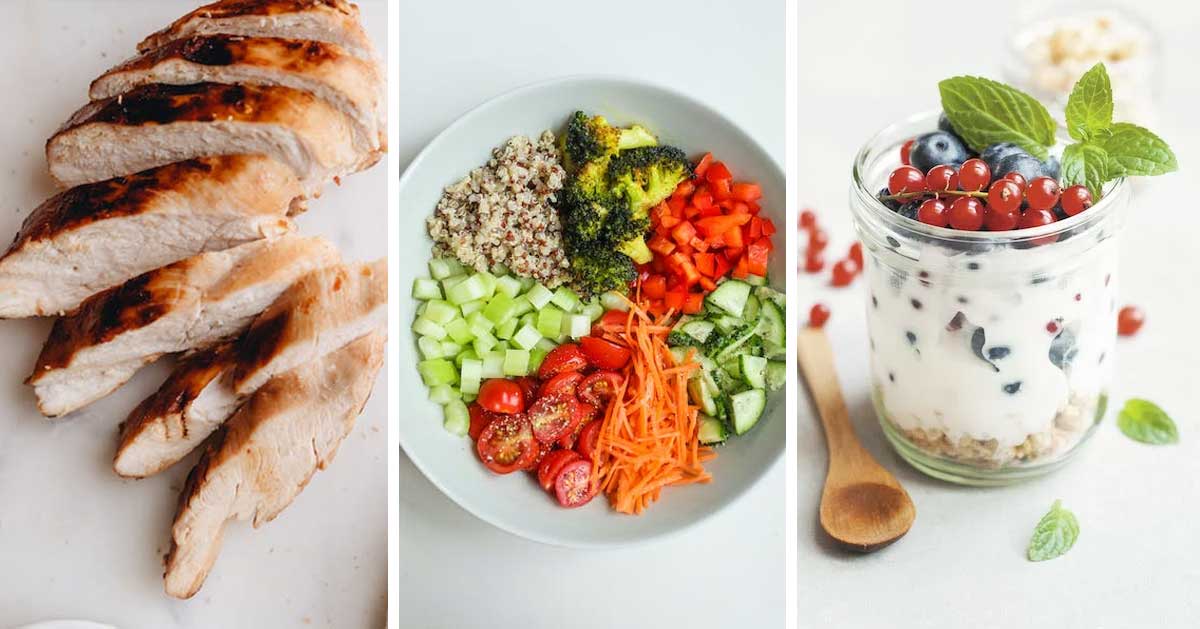
On an annual basis, a number of Americans are diagnosed with some form of cancer. One of the most commonly occurring cancers that is recognized as the third deadliest cancer in America and the world is colon cancer, or colorectal cancer (CRC).1 CRC is first known to present as cancer of the colon and rectum which generally affects older adults. The incidence and mortality rate of CRC can increase with age with the median age of diagnosis at 70 years within developed countries.2 However, there is the potential for the cancer to impact individuals of all ages.
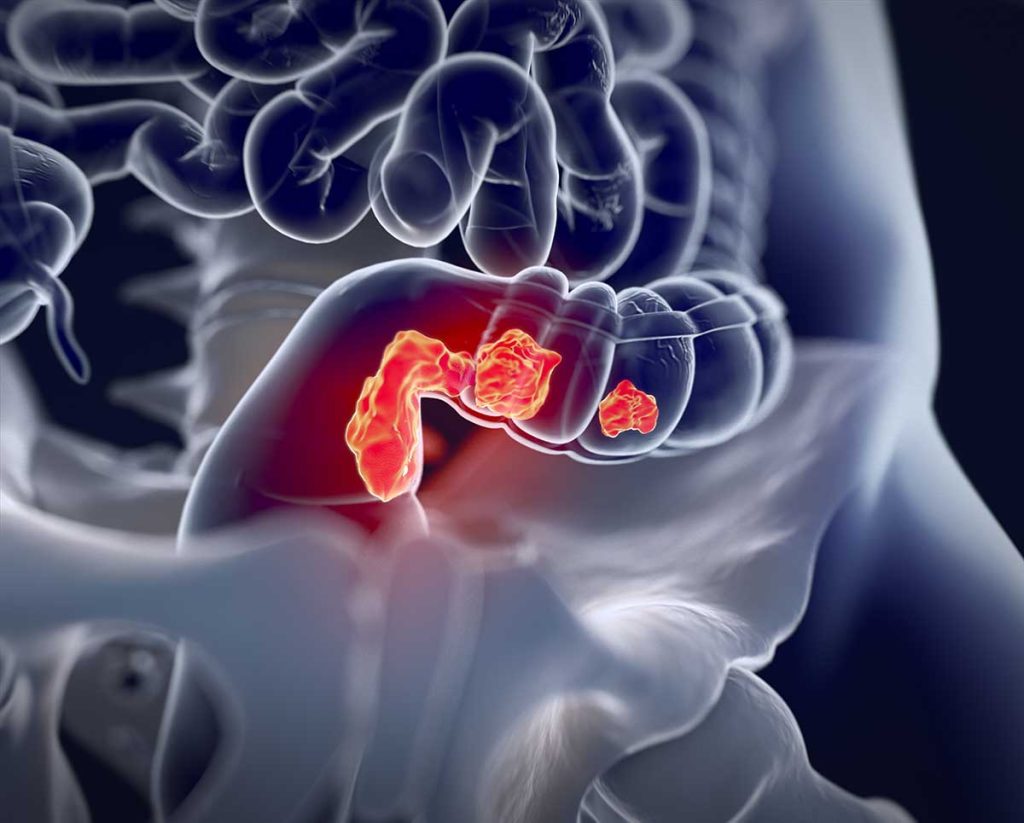
There are also potential risk factors for development which can include male sex, excessive alcohol intake, smoking, and lack of physical activity to name a few.2 Given the current and increasing rate of CRC diagnosis, there has been ongoing promotion of preventative measures and treatment interventions once formal diagnosis has been made.3
There are a number of recommendations for dietary measures to prevent colorectal but once diagnosed, nutritional support is also needed. For any person who is suspected of having CRC, there are both signs and symptoms to be aware of. Many patients can be symptomatic for several months before presentation. Some of the more common findings include rectal bleeding, changes in bowel habit, or loss of appetite and fatigue.4 The loss of appetite that can be associated with CRC can present with nutritional deficits. Given that the primary function of the colon is to aid with the absorption of electrolytes and fluids, the diagnosis of CRC and the treatment interventions that can be applied can impact nutritional absorption. The treatment of colorectal cancer can increase the demand for nutrients so during treatment it is important for patients to adhere to a healthy diet to nourish their bodies.
The mainstays for nourishment can be obtained from proteins, consumption of healthier fats, consumption of whole grain goods, fruits and vegetables, and intake of adequate amount of water given the potential for dehydration to occur.5 Additionally, according to the American Cancer Society, the following foods are recommended for those who are undergoing colon cancer treatments: plant based foods, fruits and vegetables that contain essential vitamins and antioxidants, and healthy snacks (like Greek yogurt or lean chicken).6 If there are instances in which tolerability issues arise with the consumption of these types of foods, it is important for a patient to immediately discuss this matter with their provider.
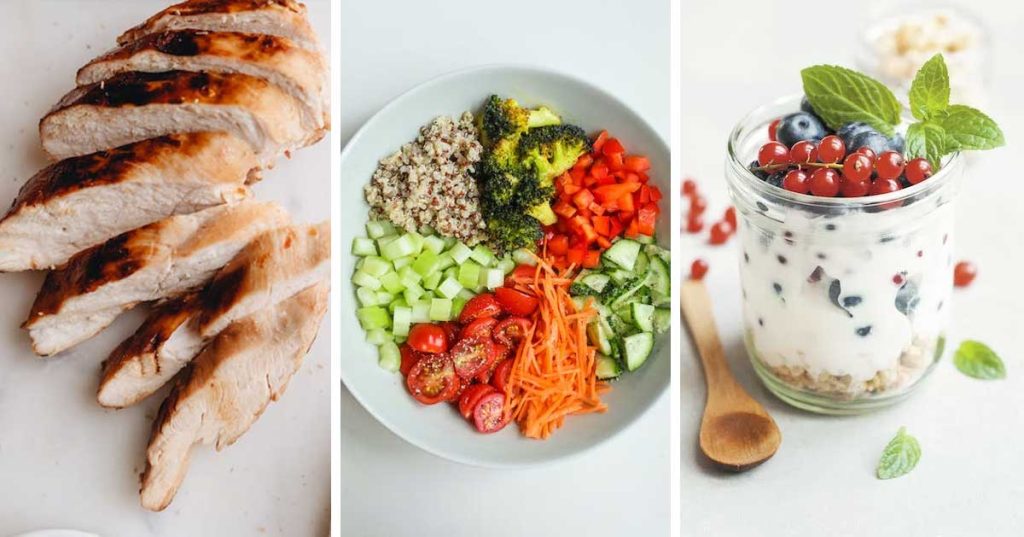
A diagnosis of CRC can impact a person’s health and life in a significant way. During the course of the condition and the timeframe for therapeutic interventions, it is important to monitor the nutritional needs of the person. The potential for nutritional deficits to occur can be significant with CRC, so a clear, focused plan should be developed with the best course of action in mind to minimize any negative impact. While the goal is always for primary, secondary, and tertiary preventive strategies, it is also important to know how to appropriately address issues such as nutrimental deficits that can arise with the given diagnosis.7 The recognition of nutrition as a key element to improved treatment outcomes should also be addressed with its comes to comprehensive CRC management.
Abimbola Farinde, PhD is a healthcare professional and professor who has gained experience in the field and practice of mental health, geriatrics, and pharmacy. She has worked with active duty soldiers with dual diagnoses of a traumatic brain injury and a psychiatric disorder providing medication therapy management and disease state management. Dr. Farinde has also worked with mentally impaired and developmentally disabled individuals at a state supported living center. Her different practice experiences have allowed her to develop and enhance her clinical and medical writing skills over the years. Dr. Farinde always strives to maintain a commitment towards achieving professional growth as she transitions from one phase of her career to the next.
References

Your passion is to help people maintain or regain optimal health and fitness. Under current law and standards, you are only permitted to work with clients who are already-fit and healthy or have been released for independent exercise and have passed your health screening questionnaire. But those are not the people you yearn to work with. The clients you seek must have authorization or approval from a medical provider before you can proceed.
How often have you met with a potential new client, asked them to get clearance from their doctor, and then never seen them again? Or, a client develops a new pain or problem and you refer them for consultation and that ends the relationship. Another frequent scenario: Your client has followed through with your request only to be referred by their primary care provider for a cardiac treadmill test, but your concern about their low back pain or shoulder dysfunction was not addressed. Success as a medical fitness specialist is dependent upon working relationships with medical professionals. In order to establish those relationships, the aspiring medical fitness trainer needs a better understanding of the medical system. What follows are a few insights into the medical system that medical fitness specialists need to understand.

“Estimates suggest that a primary care physician would spend 21.7 hours per day to provide all recommended acute, chronic, and preventive care for a panel of 2,500 patients.”1[i]. Today, the average primary care provider is responsible for roughly 2,300 patients, so not quite 21.7 hours of work/day, but more than any individual can possibly provide.
In order to cope with the workload, doctors must rely on their support staff to help whenever possible. Do not be alarmed or offended if your inquiries are met by a nurse or medical assistant. Most providers simply do not have the time to meet with you for an introduction or discussion. On the flip side, most doctors would love to have effective, safe, and reliable resources for their patients who need to lose weight, get fit, manage diabetes, recover from surgery or cancer treatment, etc. They need you.
In most cases, providers cannot bill for services unless the patient is in the room with them. Therefore, time spent talking on the telephone, responding to emails, or filling out forms is usually unreimbursed time. This means that your client will probably need to actually make an appointment to be assessed and cleared for exercising with you. To streamline the process, send a letter with your client introducing yourself and what you do. Include a form stating your concerns and your proposed training plan. Design the form to be easy to read, with a simple agree or disagree that can be checked or circled and space for the provider’s signature. You might also want to leave room for comments and questions. If you have received a response from a provider, you should consider sending intermittent progress reports updating the provider about your mutual client/patient.
The Health Insurance Portability and Accountability Act (HIPAA) was enacted in 1996 to protect an individual’s medical confidentiality, particularly when changing jobs which at that time meant changing health insurance providers. Unfortunately, the law is complicated and places multiple restrictions on who members of a medical team can talk to about a patient’s medical condition.
As an unlicensed party, the fitness professional is not privy to “protected health information” (PHI) without direct written consent from the patient (your client). Due to these restrictions, the medical providers cannot fill out or respond to your request for information or clearance without your client’s “written” consent. If the client takes the form and returns it to you, this action implies they have agreed to share the information. If you send the form directly to the provider, that permission has not been granted unless the client has signed a HIPAA release form allowing the doctor to share personal health information with you personally.
The aforementioned are a few reasons why you may have perceived a wall or barrier between you and medical providers. One solution is to ask your client if you might accompany him or her to the appointment to obtain medical clearance or guidance. That way the medical provider would have a specified time and be reimbursed for addressing your concerns. You would be communicating directly with the medical provider and not support staff, and it would be easiest for the client/patient. It is also a way to introduce yourself to the medical provider and initiate a working relationship. Although you will probably not be compensated, it may be well worth your time in the long run.
Know your details
Because there are so many different avenues to becoming certified as a personal trainer, there can be large differences in the knowledge base and competence of one trainer compared to another. The aspiring medical fitness professional must have a thorough understanding of the pathophysiology of the conditions they will be working with in order to communicate effectively with medical providers. In addition, you need skill and experience in the programs you design and utilize with your clients. Be able to back up your training plans with published research.

Recognize that a medical fitness professional has a fund of knowledge that the medical provider does not have
Exercise science is not covered in medical school curricula. Medical school is about illness and disease, not health and fitness. Generally speaking, the average MD knows very little about exercise science. Most do not know about the effects of eccentric versus concentric loading, how to train for endurance versus strength, what to do to improve stability, balance, and core strength. Fitness professionals are not inferior to medical professionals; you have a different knowledge base. Recognize and believe that you have something to offer. You may not know all of the anatomy and biochemistry that the doctor does, but you have a basic understanding of your client’s condition and you know the potential benefits of your interventions. Share this information with the medical providers.
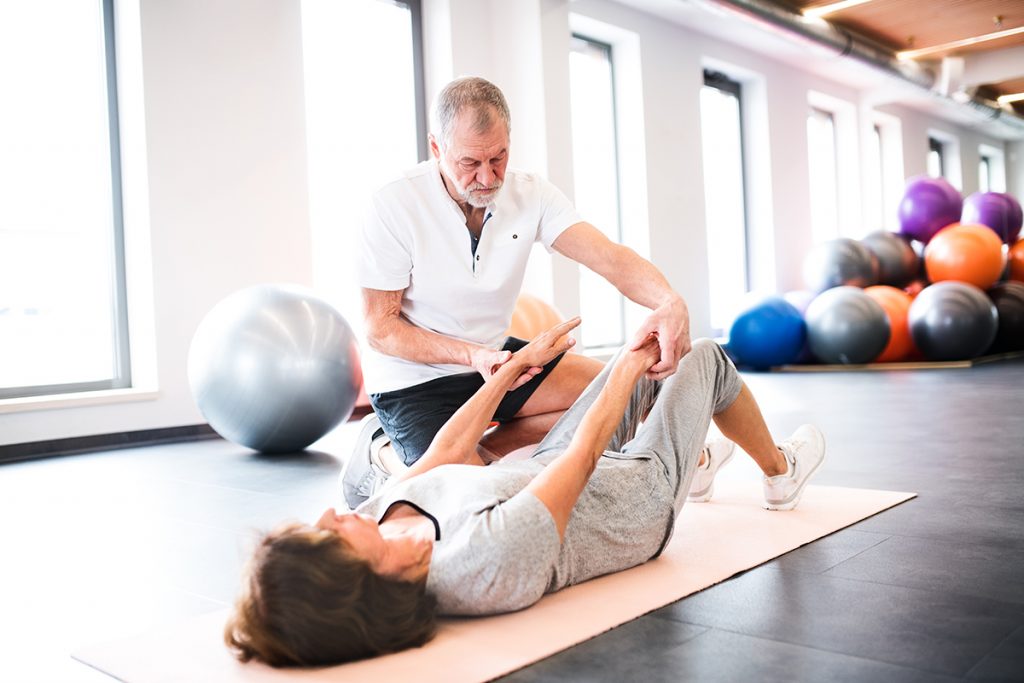
Stay within your scope of practice
Because personal trainers and medical fitness specialists are not licensed by any governmental or legal agency, and because laws vary from state to state, there is no clear definition of the skills and competencies of a medical fitness specialist. Working outside of your scope of practice can lead to civil and even criminal penalties[ii]. Therefore, for the time being, if you want to work with clients struggling to manage chronic illnesses, recover fully from injuries or surgeries, etc., you need to work under the wing of medical professionals who have prescriptive authority – those professionals in the medical field licensed to diagnose problems and prescribe treatment.
Dr. Robert Butler MD, founder of the National Institute on Aging once said: “If exercise could be packaged in a pill, it would be the single most widely prescribed and beneficial medicine in the nation.” There are pockets here and there in the US where medical providers and fitness professionals work together. In many cases, there is a visionary medical provider at the helm of an interdisciplinary team. In other cases, fitness professionals have worked hard to become part of a medical delivery model. The more medical fitness specialists that can take the leap and align themselves with medical providers, the more people will be helped.
This article was featured in MedFit Professional Magazine.
Dr. Mary Hoagland-Scher,MD is a board-certified family physician who practiced medicine for 30 years. When she entered medical school, her goal was to help people stay healthy. As the focus of western medicine shifted away from health to disease management with a strong emphasis on pharmaceutical and or surgical intervention, she became uneasy with her role and decided to discard her prescription pad and learn new tools. Now as a NASM Certified Personal Trainer she is working to shrink the gap between fitness and medicine.
References

Lugging around excess body fat can certainly hinder athletic performance. Just notice how much harder you work when carrying a heavy bag of groceries up a flight of stairs! That said, if you are an already-lean athlete and contemplating weight loss to supposedly improve your athletic performance, should you think again?

Physical activity is known for boosting energy. That’s because exercise increases your heart rate and blood flow, making you feel awake. It’s one of the many benefits of working out. However, it’s also possible to get tired after exercise. This is especially common after workouts when you have MS. Physical activity, after all, requires a lot of energy and stamina.
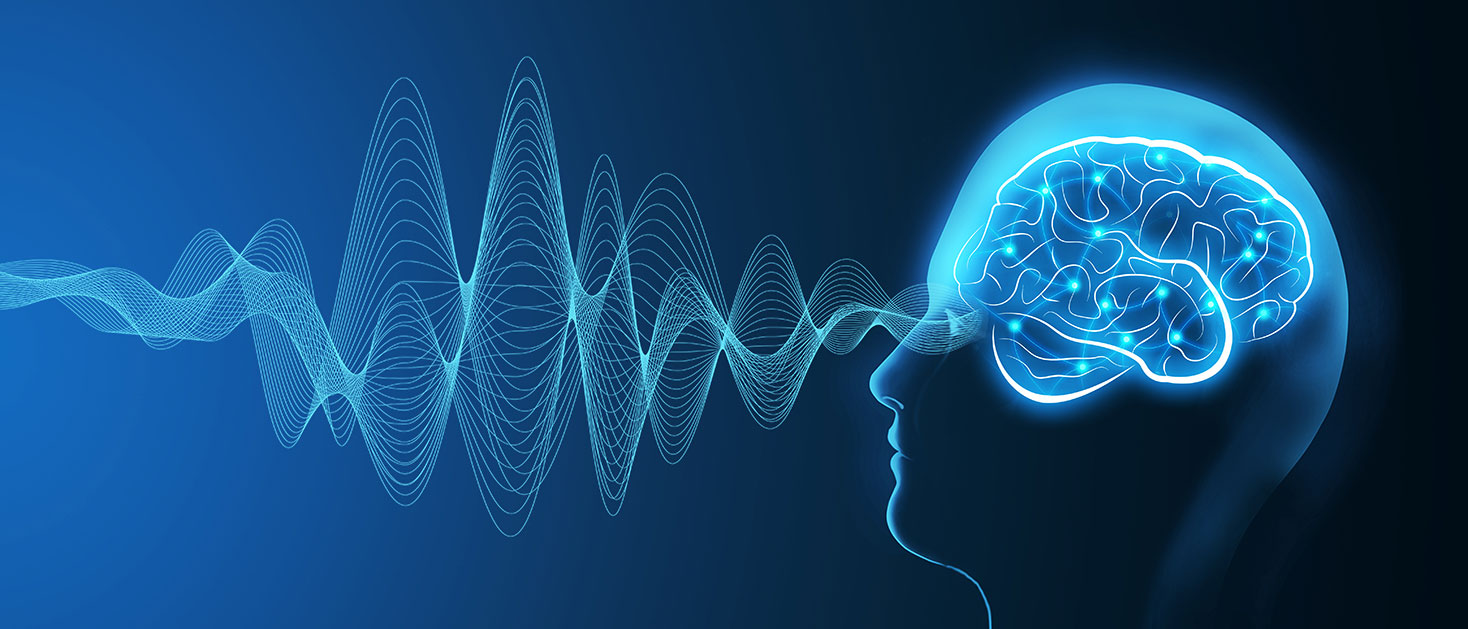
Our minds work like a computer. It receives information and data from the world as we go through life interpreting for us life’s experiences forming our value and belief systems. Our self image evolves from this process.
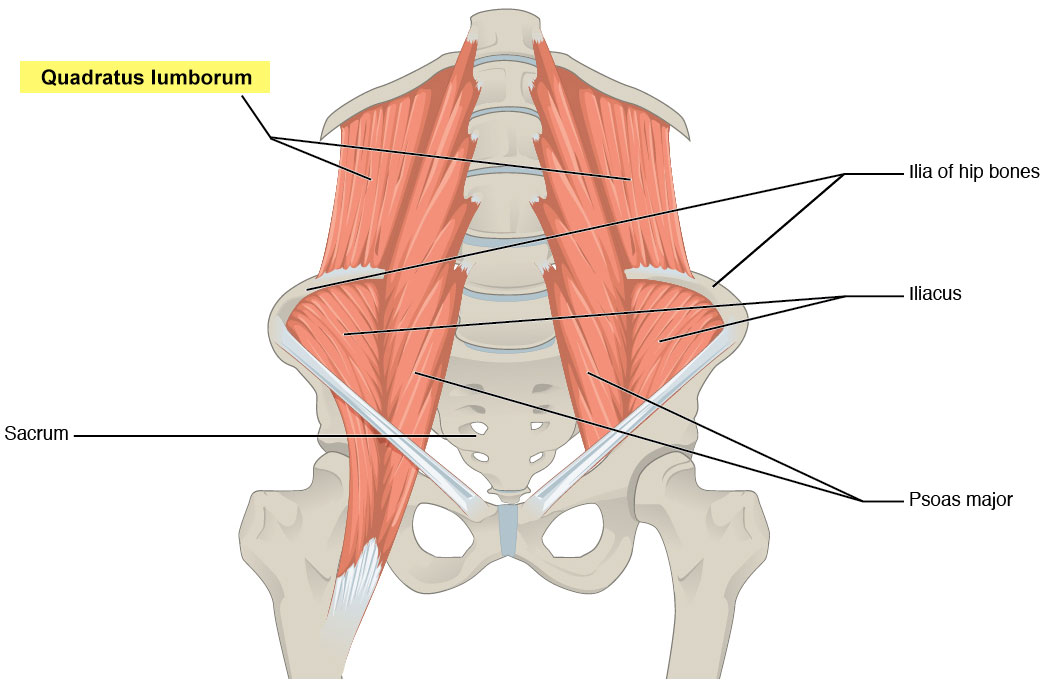
When one thinks of their core, I doubt the quadratus lumborum (QL) comes to mind. The average person in the gym is not walking around saying: “I’m going to work hard on my QL today!” Despite that the fact that most don’t work on it or may never have heard of it, the QL is an important muscle and should be included in a person’s fitness programming.